Minimalist Fashion: Less Pieces, More Style (and a Lighter Footprint)
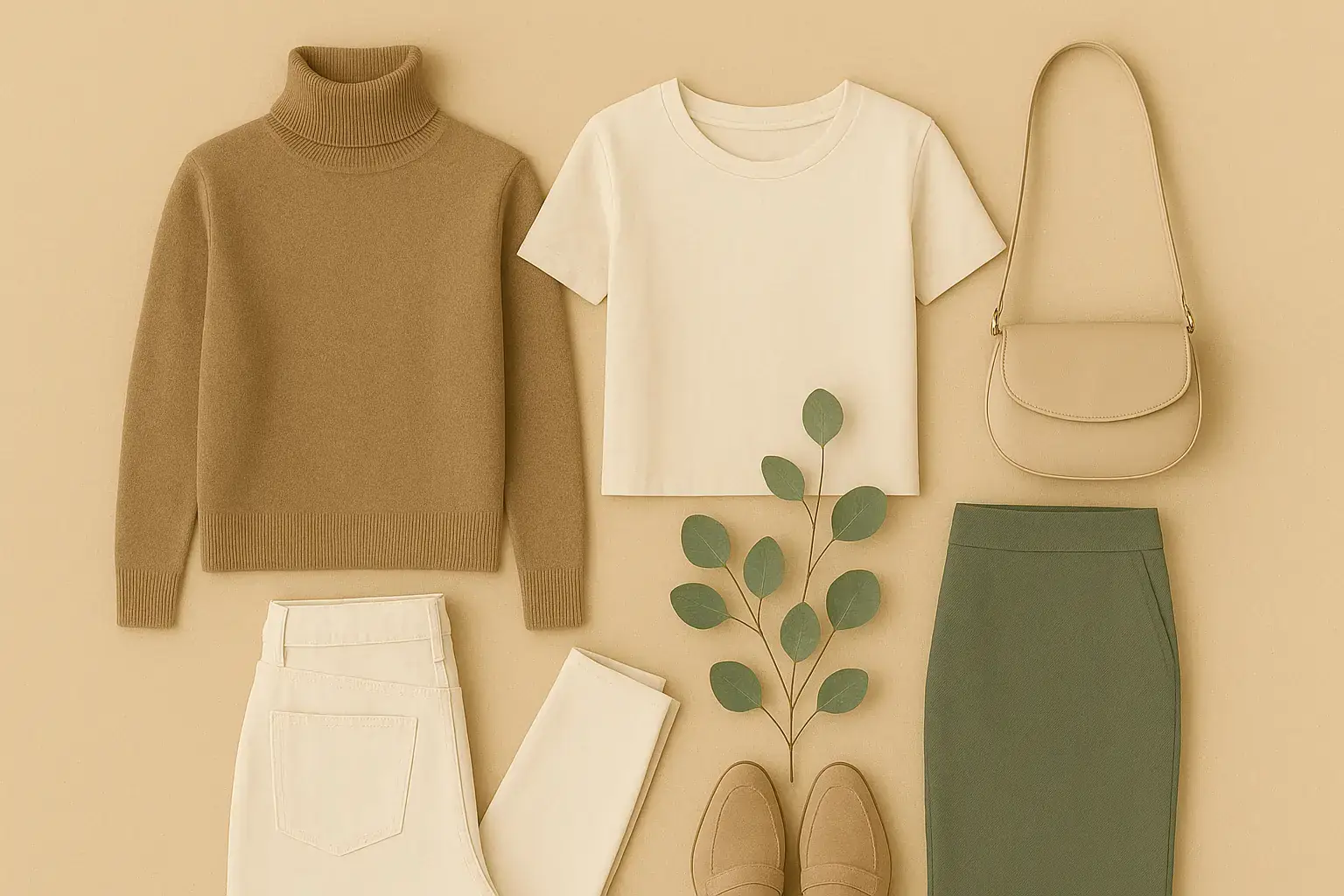
Open your closet. Does it feel overwhelming? Packed with clothes, yet you constantly feel like you have "nothing to wear"? In a world of fast fashion trends and constant new arrivals, many of us have wardrobes overflowing with impulse buys, ill-fitting items, and pieces we wore once (or never!).
This excess doesn't just clutter our physical space; it contributes significantly to fashion's massive environmental and social impact. The more we buy, the more is produced, consuming vast resources, generating pollution, and often relying on exploitative labor practices.
But what if there was another way? Enter Minimalist Fashion. Far from being about deprivation or a boring, all-beige wardrobe, minimalist fashion is a philosophy centered on intentionality, quality, versatility, and building a curated collection of pieces you truly love and wear. And in doing so, it becomes a powerful pathway to stylish sustainability.
What Exactly is Minimalist Fashion?
At its heart, minimalist fashion is about simplifying. It's about shifting focus from quantity to quality and purpose. It means:
- Buying Less: Making fewer, more considered purchases.
- Choosing Versatility: Opting for pieces that can be mixed and matched easily to create numerous outfits.
- Prioritizing Quality: Investing in well-made garments that last longer.
- Defining Your Style: Understanding what you genuinely love and what makes you feel confident, rather than chasing every fleeting trend.
- Curating, Not Accumulating: Building a collection of beloved items rather than just filling space.
It's not about having a fixed, tiny number of items (though many minimalists do have smaller wardrobes), but about ensuring every piece serves a purpose and adds value to your personal style.
The Powerful Link: Minimalism and Sustainability
The connection between minimalist fashion and sustainability is profound and direct. By adopting a minimalist approach, you automatically reduce your environmental footprint:
- Less Consumption, Less Production: The most significant impact of fashion is in its manufacturing phase. By buying fewer new items, you reduce the demand for resources like water, energy, land, and raw materials, and decrease associated pollution and carbon emissions.
- Reduced Waste: Fewer purchases mean less clothing ending up in landfill prematurely. Focusing on quality ensures items last longer before needing replacement.
- Circular Thinking: A minimalist mindset often encourages caring for clothes, repairing them, and considering their end-of-life, aligning perfectly with circular fashion principles.
- Supporting Quality, Often Sustainable, Brands: When you buy less but invest in quality, you're more likely to choose brands known for durable construction and potentially more sustainable materials and ethical practices.
- Simplified Care: A smaller, curated wardrobe can be easier to care for, potentially leading to less frequent (or more efficient) laundry cycles, saving water and energy.
Minimalist fashion directly counters the core problem of fast fashion: overconsumption fueled by cheap, disposable clothing.
Beyond Sustainability: The Benefits for Your Style (and Your Life)
The positive impacts of minimalist fashion extend far beyond its environmental advantages:
- Effortless Style: With a wardrobe of versatile pieces that all work together, getting dressed becomes quicker, easier, and less stressful. You'll always have something that looks good and makes you feel confident.
- Defined Personal Style: When you curate your wardrobe intentionally, you gain a clearer understanding of what you truly love and what suits you. Your style becomes more refined and authentically you.
- Saves Time and Energy: Less time spent shopping aimlessly, deciding what to wear, or dealing with wardrobe clutter.
- Saves Money (in the Long Run): While quality pieces may have a higher upfront cost, buying fewer items overall means significant savings over time compared to constant fast fashion purchases. The cost-per-wear plummets on well-loved, durable items.
- Reduced Decision Fatigue: A streamlined wardrobe simplifies daily choices.
- Appreciation for Quality: You learn to appreciate the feel of good fabric, the durability of strong seams, and the timelessness of classic cuts.
Ready to Embrace Minimalist Fashion? Here's How to Start:
Transitioning to a more minimalist wardrobe is a journey, not an overnight event. Start small and focus on progress, not perfection.
-
Define Your Style and Needs:
- Look at your lifestyle: What do you actually do daily/weekly? (Work, casual, active, social events).
- Identify what you love: What pieces do you reach for constantly? What colors, silhouettes, and fabrics make you feel good?
- Create a style inspiration board (Pinterest is great!).
- Think about your core colors (neutrals that work for you) and accent colors you love.
-
The Wardrobe Audit & Declutter:
- Pull everything out. Yes, everything.
- Go through each item honestly. Ask yourself: Do I love it? Does it fit? Have I worn it in the last year? Does it align with my defined style and needs? Is it in good condition?
- Create piles: Keep, Maybe, Mend/Alter, Sell, Donate, Recycle (for items beyond repair).
- Be ruthless but don't stress too much about initial mistakes. The "Maybe" pile is fine.
- Store the "Maybe" pile away for a few months. If you don't reach for those items, it's time for them to go.
-
Build Your Core (The Capsule Concept):
- Focus on versatile basics in your chosen core colors. Think well-fitting t-shirts, versatile bottoms (jeans, trousers, skirts), simple dresses, layering pieces (cardigans, blazers), and essential outerwear.
- These core pieces should mix and match seamlessly.
-
Focus on Quality Over Quantity When Buying:
- Once you know your gaps, shop intentionally. Research brands known for durability and sustainable/ethical practices (refer back to our post on eco-fabrics!).
- Check fabric composition and garment construction.
- Ask yourself: Will this last? Will I wear it 30+ times? Does it add versatility to my existing items?
-
Shop Smart (and Sustainably!):
- Prioritize buying secondhand (thrifting, online resale) – the most sustainable way to acquire clothes.
- Explore clothing swaps.
- If buying new, choose brands committed to transparency, ethical labor, and sustainable materials.
-
Care for and Maintain Your Clothes:
- Follow care labels to extend lifespan.
- Learn basic mending skills or find a good tailor.
- Store clothes properly.
Less Can Truly Be More
Minimalist fashion isn't about fitting everything into a tiny box; it's about freeing yourself from the burden of excess and the pressure of constant consumption. It's about building a wardrobe that actively supports your life and values.
By choosing less, you gain more: more clarity in your style, more time, more money, more space, and significantly more sustainable impact. It's a stylish, practical, and powerful way to dress with intention and contribute to a healthier planet.
Ready to simplify your style and amplify your impact? Start small, declutter a drawer or a category, and experience the liberating feeling of having less, but better.
Related Blogs
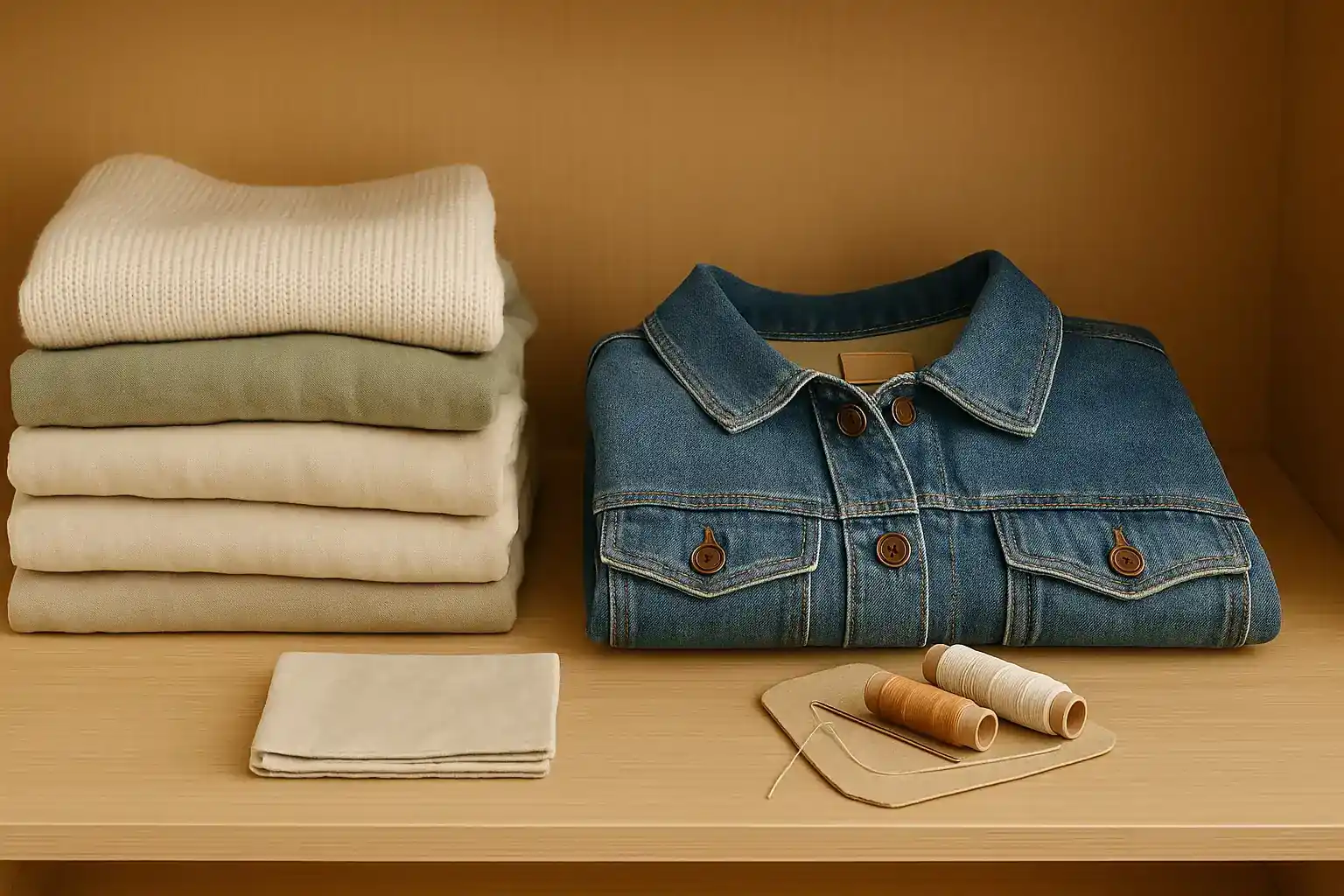
10 Transformative Wardrobe Swaps for a Lighter Environmental Fashion Footprint
Learn how to reduce your fashion footprint with impactful wardrobe swaps.
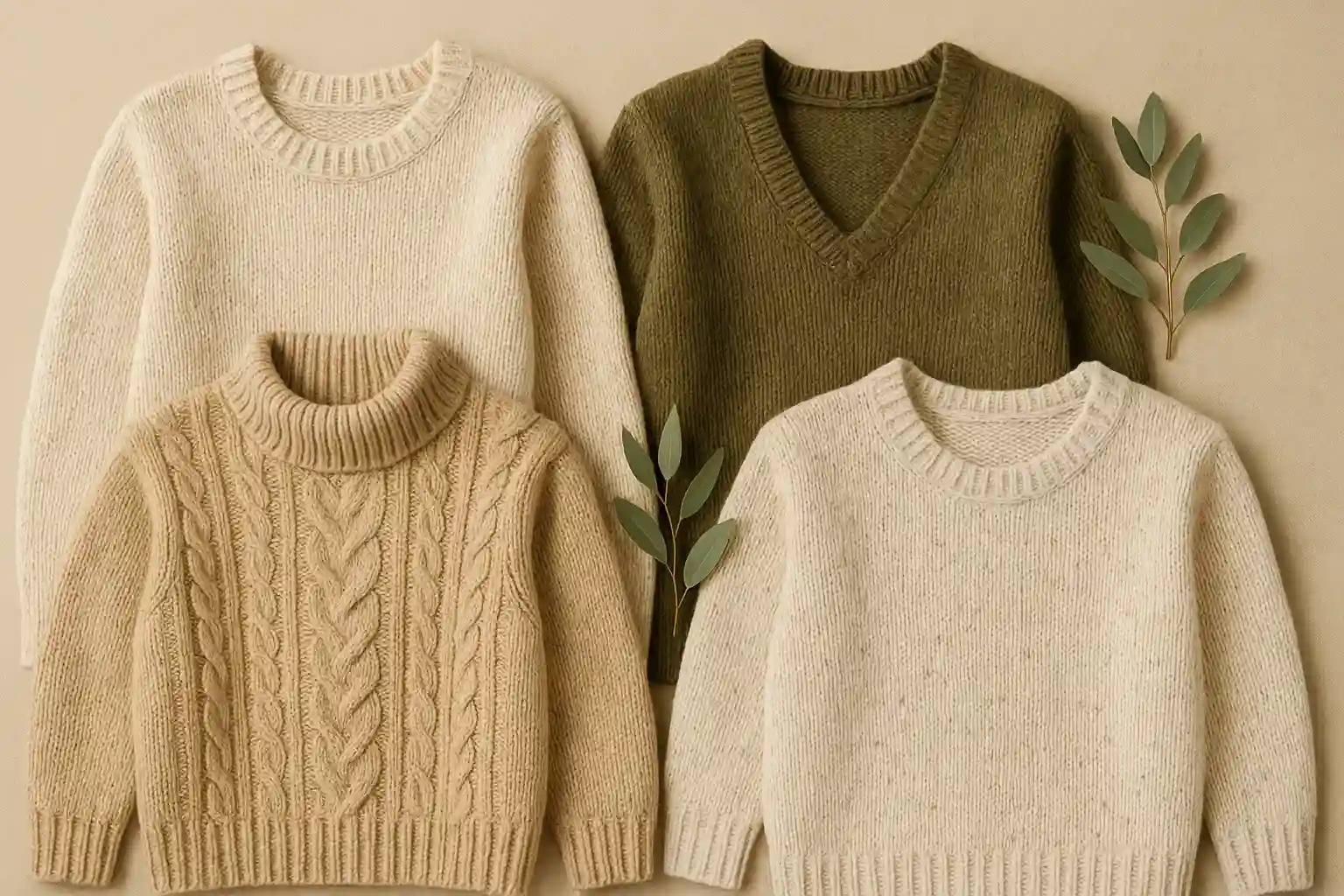
Wrap Yourself in Responsibility: Choosing Sustainable Alternatives to Acrylic Sweaters
Upgrade to durable and breathable wool (certified farms), alpaca, or Tencel-blend knits.
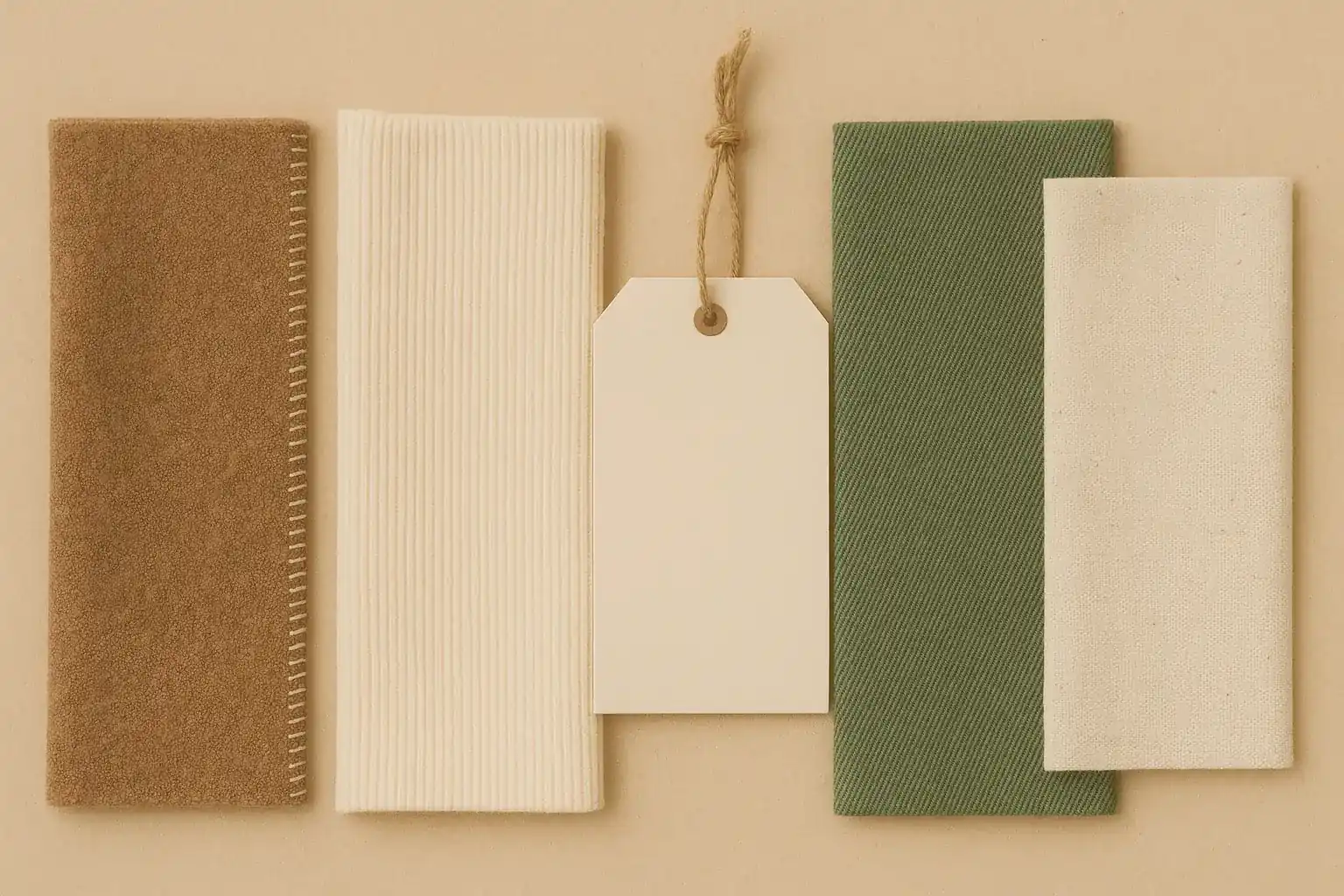
Decoding Fabric Labels: What's Really Sustainable?
Insights on decoding fabric labels in a sustainable way.
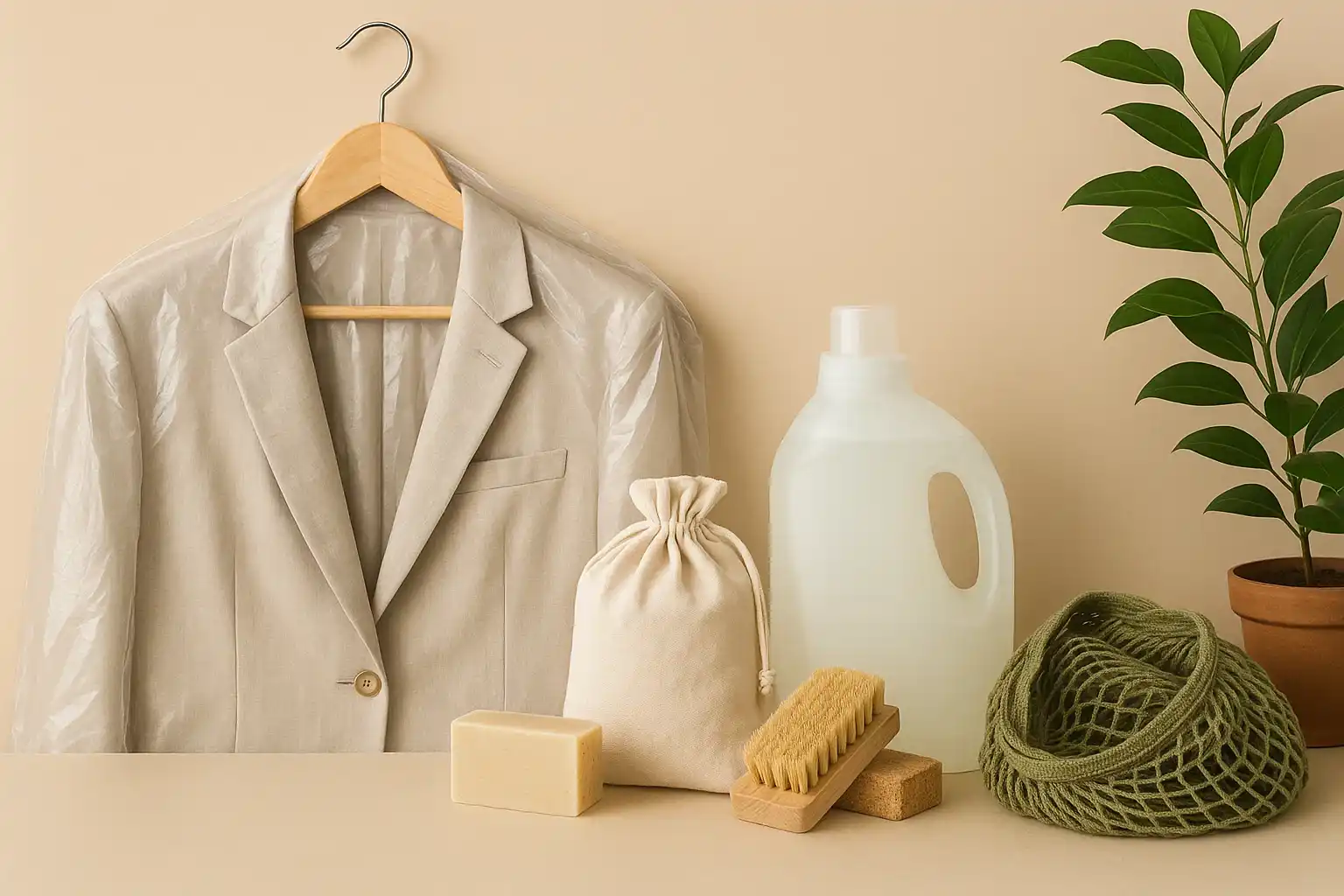
Outsmarting the Dry Cleaner: Choosing Machine Washable Naturals for a Toxin-Free Wardrobe
Avoid toxic PERC solvents by opting for machine washable organic cotton and linen clothing.
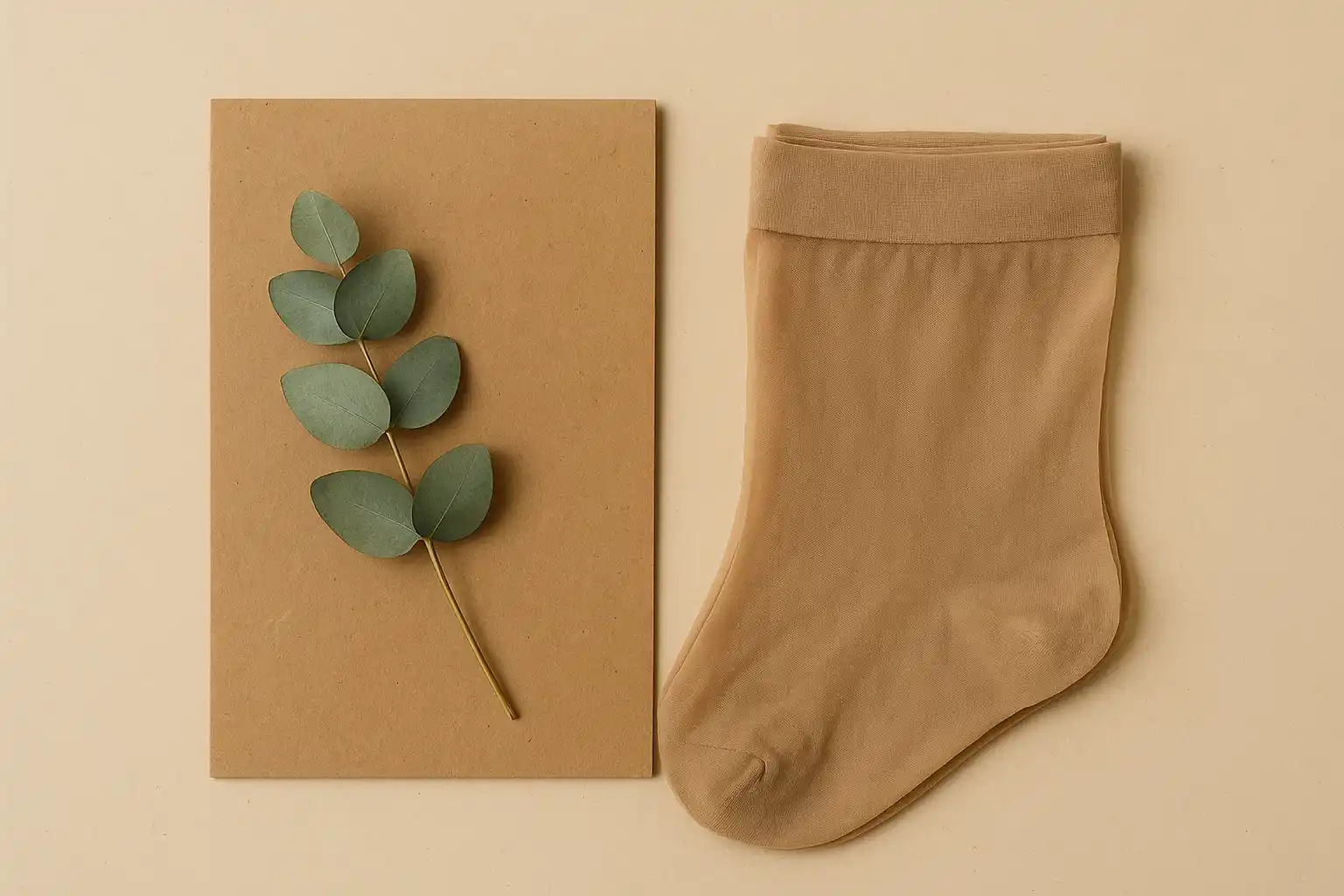
Step Lightly: Choosing Sustainable Alternatives to Nylon Stockings
Opt for recycled nylon, biodegradable, or ladder-resistant hosiery for longer wear and less waste.

Fastening the Future: Choosing Sustainable Alternatives to Plastic Buttons
Opt for biodegradable coconut shell, corozo, or wood buttons for eco-conscious clothing.
Stay in the Loop
Get tips and insights tailored to your interests — no spam, just sustainability.